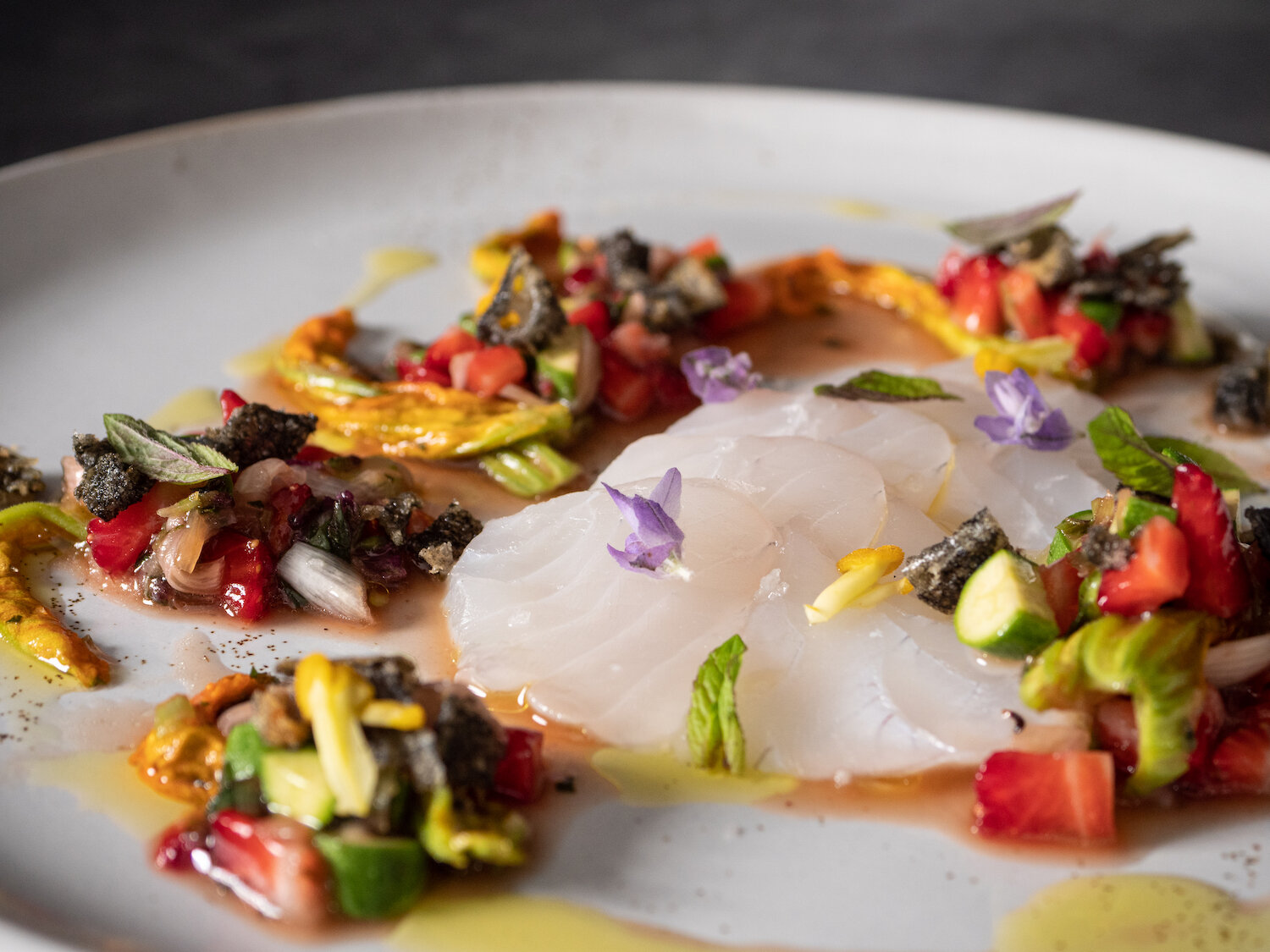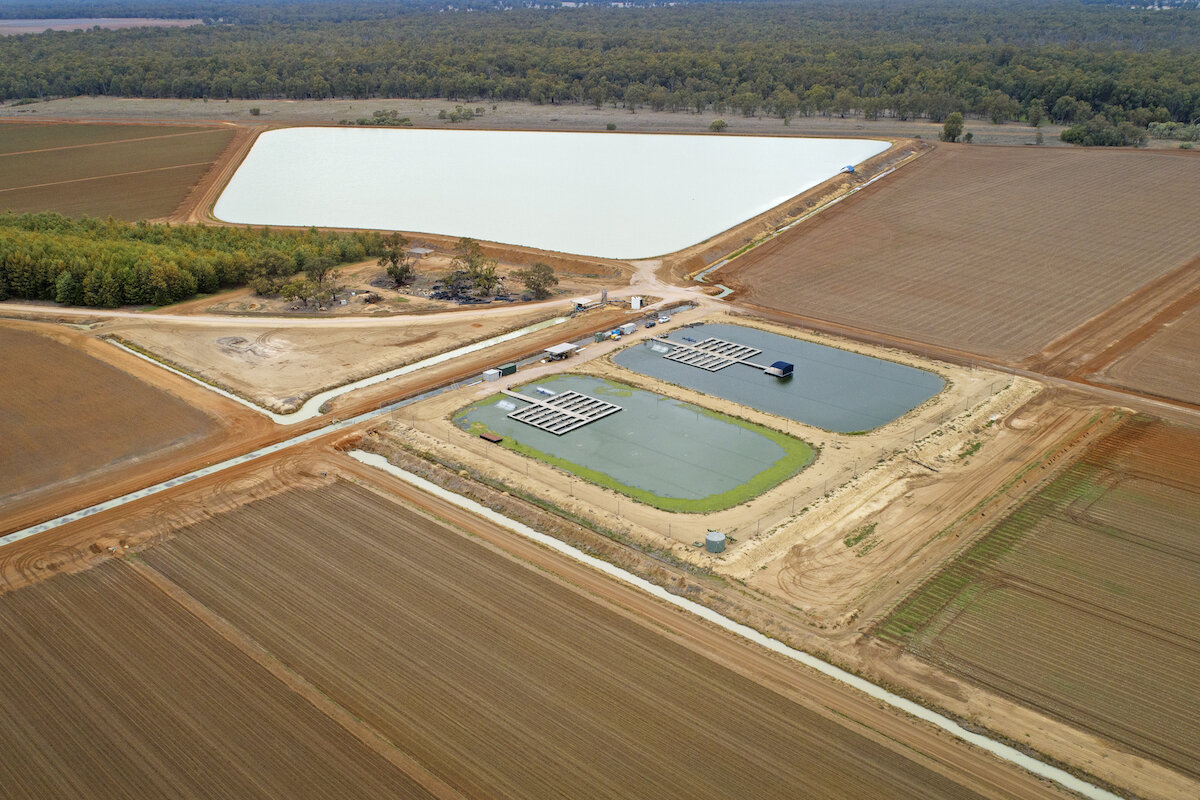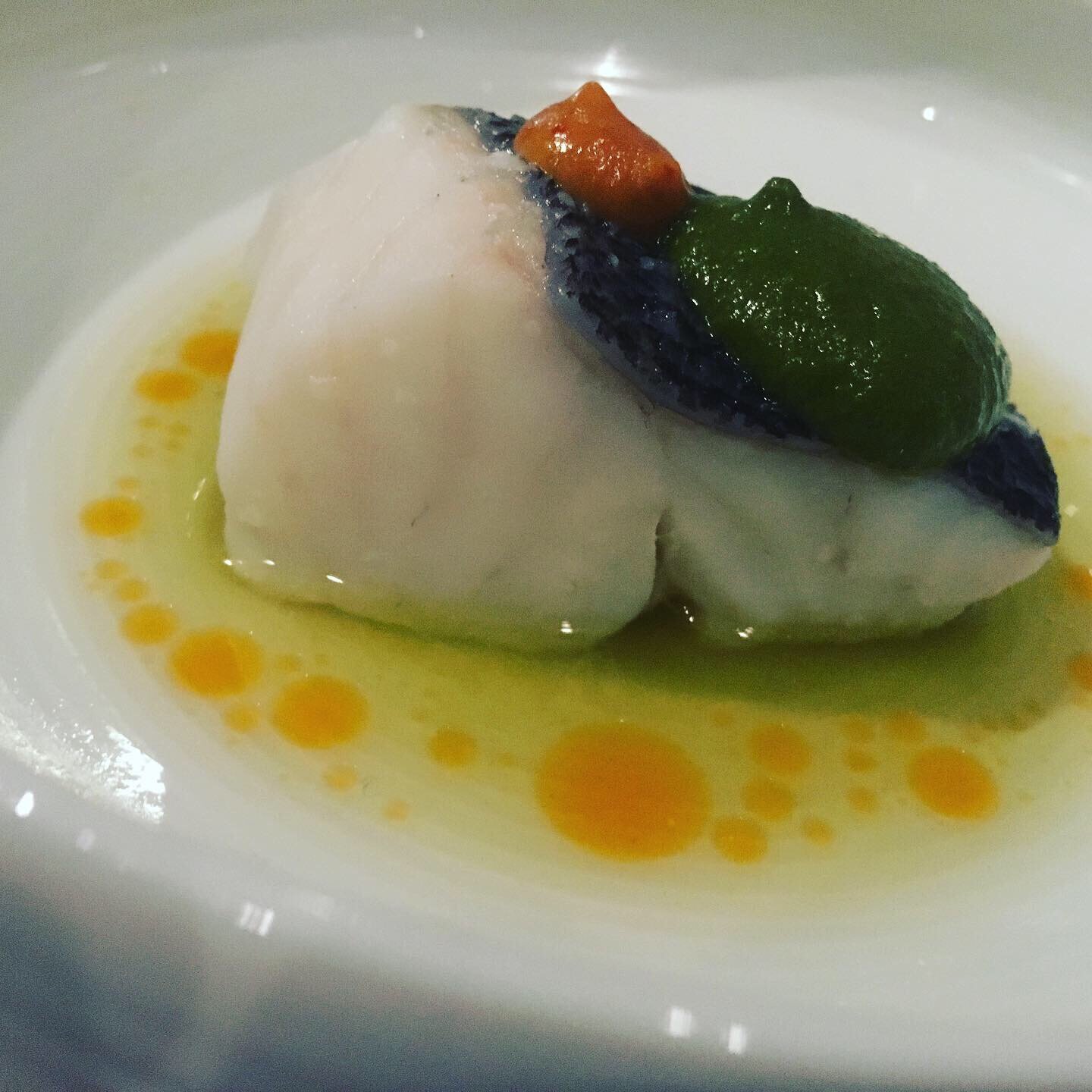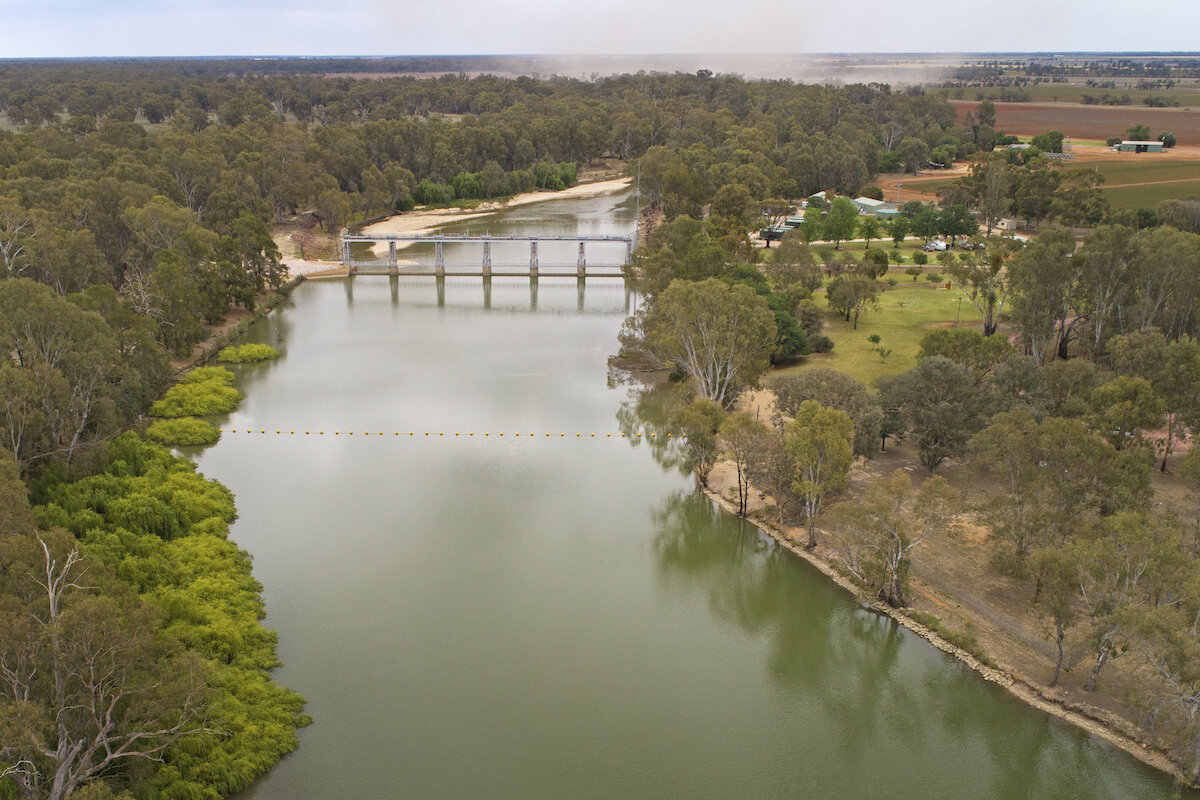The "Cod" That Isn't A Cod
Nope, definitely not a cod. Blame the name on unimaginative English settlers to Australia. This fish is a taste not to be missed.
The #1 first reaction of Americans when hearing about Murray Cod is confusion... It’s a freshwater cod and you can eat it raw? If I already have cod, what do I need this for? What kind of cod is this anyway?
Unfortunately for Murray Cod, the name is definitely deceiving. What in the world is this fish we keep talking about? Stay tuned. Our resident fish expert, PJ Stoops, explains it all to you. This is a fish you don’t want to miss.
First, Aquna Murray Cod is not in any way a cod. Early British colonists to Australia called every white fish some kind of cod, and the name stuck. In reality, the fish is a member of the temperate perch family (Percichthyidae).
Murray Cod is one of the largest freshwater fish in the world, with a maximum size of well over 200 pounds. The fish is endemic only to the Murray Darling River system and traditionally had been hunted by native Australians, probably for untold thousands of years.
By the 1880s, a century or so after English colonization of the continent, Murray Cod formed an important and profitable commercial fishery. Per annum catch was about 500 tons. By the 1950s, catch was down to 300 tons; by the ‘60s, commercial catches had plummeted to less than 30 tons. The commercial fishery was shut down entirely, and basically most Australians (aside from those living near the Murray River) forgot about the fish. While populations have come back a bit (thanks in part to hatchery programs), no commercial fishery is allowed, and the recreational fishery is tightly regulated.
A Brief History of the Producer, Aquna Murray Cod
Mat Ryan was originally a dry land wheat and sheep farmer. He became tired of being involved in a commodity based industry, and wanted to grow something that was not as dependent on volume and global prices.
Dwindling wild catch in Australia, coupled with growing demand for fish led him to consider seafood. Nothing already under cultivation (ie. barramundi, shellfish, salmon) excited him. One day a chef in Sydney suggested Murray Cod, which was then raised in “backyard” RAS systems, with a capacity per farm of 5-10 tons per year. One farm was able to produce 100 tons per annum, but was plagued with off-flavor problems. All of the farms had problems scaling up.
After a long time researching the problems and obstacles with the fish, Mat figured out how to operate effectively and produce a high-quality product. He started in 2010 with one pond. They now have 26 ponds in operation, with 40 more coming on-line. Some of the ponds are owned directly by Aquna, while some are contracted independent farms (five total). Aquna supplies all smolts, equipment, and food to contract farms
Taste, Texture, and Characteristics
From round fish to skin on PBI fillet, yield is around 44%, which is excellent, of course.
The species is naturally fatty, and much more so under cultivation. The round fish that I gutted today was full of fat. Mat says that this is the season when the fish are at their leanest, which means a ridiculously fatty fish at the height of the season.
Future plans include processing the skin for cracklins; and rendering the fat for sale as cooking fat, or to replace terrestrial sources of fat in some preparations. (how’s that for no waste!)
Recently Mat took the fish to Japan to test the market. Apparently no one believed it was a freshwater species. I concur that it indeed did not taste like freshwater at all; absolutely like a marine fish.
Japanese potential customers also tried the fish raw. Mat had never had it that way and had no idea if it would work. Response from the Japanese market was very positive. I, and chefs I’ve sampled it out to, agree — it’s a spectacular sashimi fish. It’s one of the better raw white fish I have had in several years.
Raw: crisp texture (brought to my mind Kinmedai or exquisite cultivated Hirame), beautifully clean and sweet. A truly impressive raw fish, made all the more impressive because it is a freshwater species.
Cooked: Buttery and mild, good large flake. Texture is delicate, but, due to its high fat content, stands up well even to some overcooking.
Only a very small sliver of dark meat on the fillet, and even that small bit is pale. The fish is naturally lazy, and just prefers to eat.
Chefs from outside of Australia are taking notice. Multi-Michelin starred British chef Heston Blumenthal is so impressed that he’s become an owner in the farm. Now, chefs from New York to Houston are adapting the fish to their menus too.
Still wondering why you should be interested in this fish that’s got cod in the name, but isn’t a cod? Tasting is believing. Call your sales rep for a sample.





